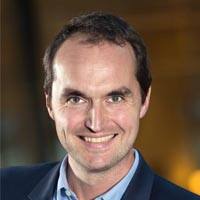Sessions With Francesco d’Avack
Thursday, 14 March
-
11:30am - 12:30pm (CST) / -
Global Solar: Shifting the focus from cost to value
Panel Power Climate/Environment/SustainabilitySolar has witnessed a very rapid deployment globally, becoming the most installed source of new power generation, with over 40% of total capacity additions in 2017. Dramatic cost reductions have been driving this rapid deployment and, in some geographies, PV is already the cheapest source of generation on an LCOE basis. However, future development is challenged by the gradual phase out of direct subsidies across the world, the increased exposure of solar assets to market risks, and price cannibalization in more mature markets. As the penetration and market exposure of solar continues to rapidly increase, the questions around the value of intermittent generation, the role of flexibility and batteries, technology, and emerging business models become more pressing.
- Speakers:
- Francesco d’Avack
- John Berger
- Emily Heitman
- Nathanaël Esposito
- Francis O'Sullivan
-
06:10pm - 06:40pm (CST) / -
Solar & Storage: Exploring cost trends & business models
Panel Power Climate/Environment/SustainabilitySolar and wind power costs globally have dropped rapidly during the past decade. Renewable project tender prices and feed-in tariffs are also dropping across the world. Many believe aggressive cost declines are still possible and will likely allow renewables to reach parity with conventional power very soon. How will technological development, scale of manufacturing, and local development experience build-up continue to affect costs for wind and solar? When should we expect renewable costs to become competitive with thermal generation costs? Will storage cost fall fast enough to allow system-wide costs of firm renewable power also reach parity with conventional power?
- Speakers:
- Edurne Zoco
- Francesco d’Avack
- Sam Huntington
- Sam Wilkinson

